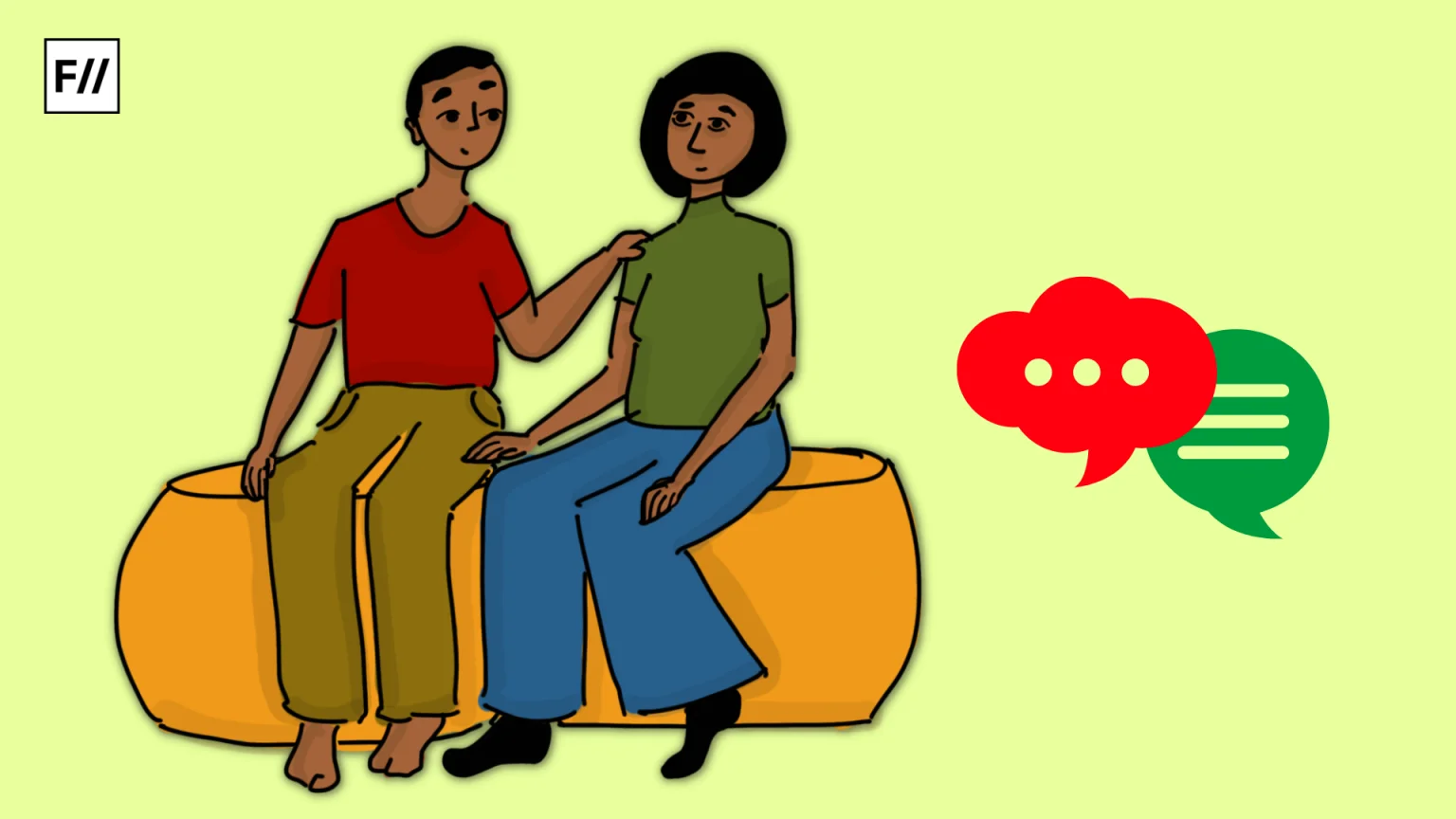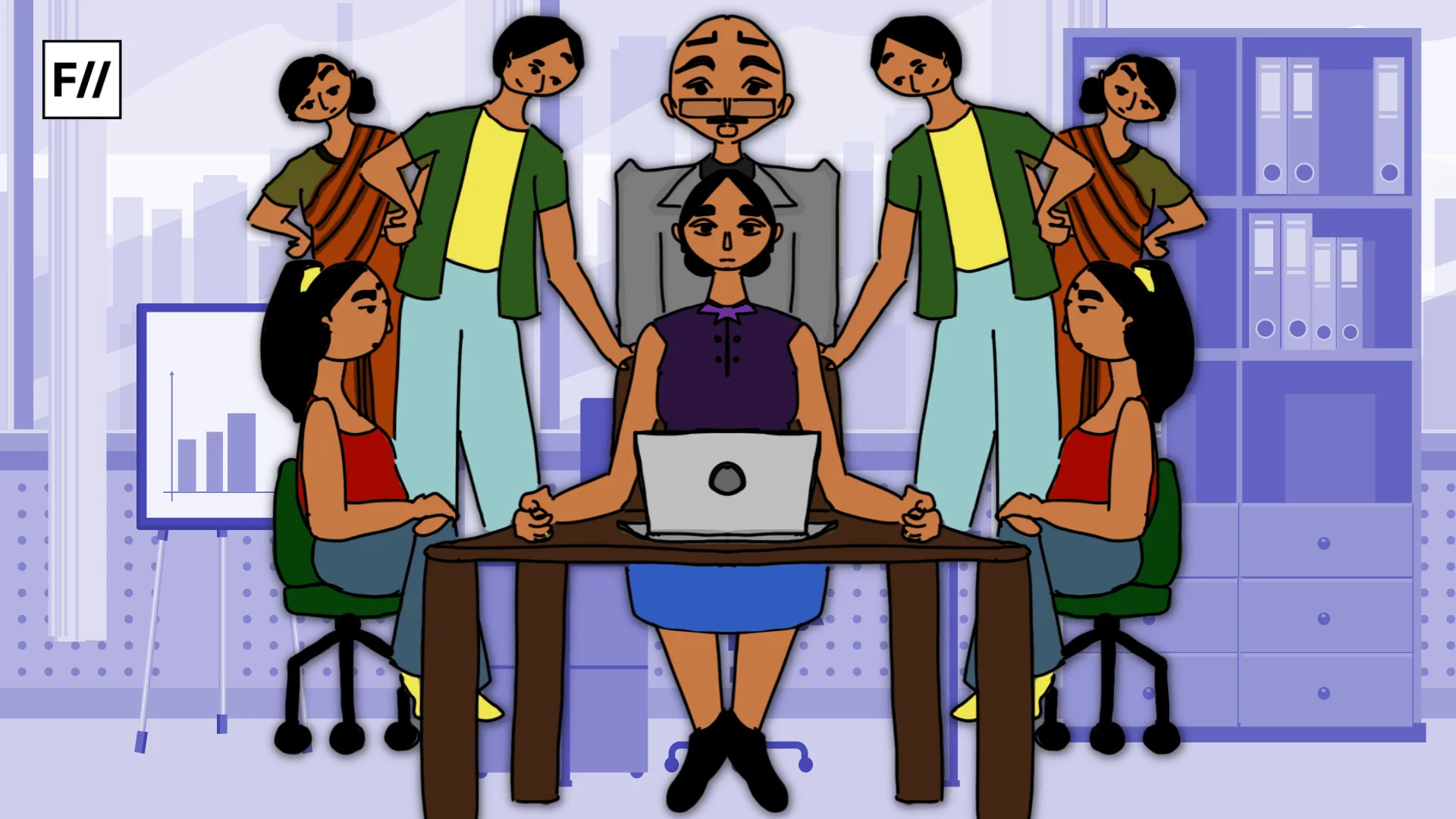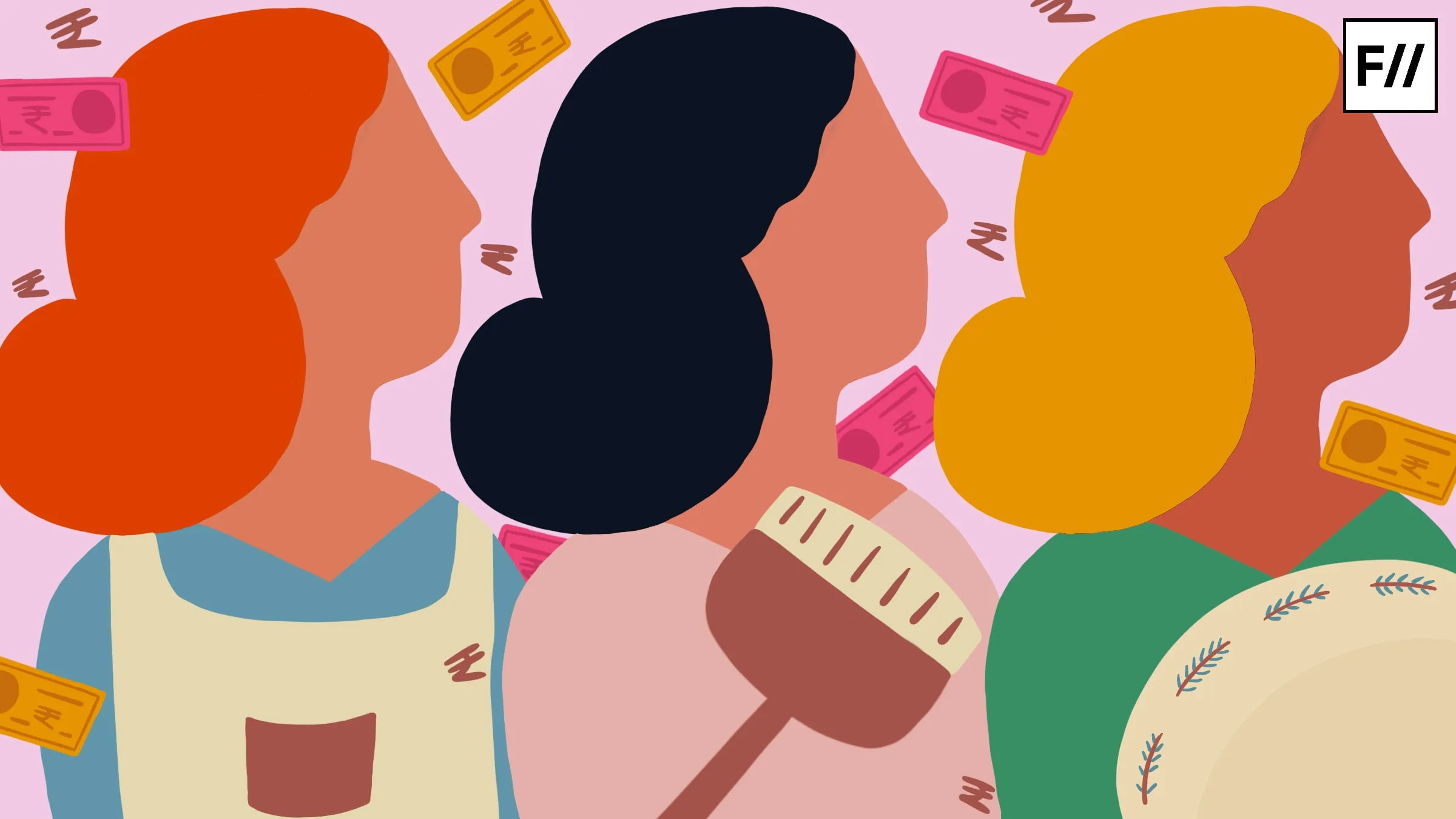‘To men, it might seem subtle. But for women, it’s never subtle,’ Drishti* told us toward the end of the interview. A lawyer and a development professional for over 11 years, she recalled how hard it was to be taken seriously early in her career and the frustration it caused. Over the next few days, we had five more interviews with women from different industries—social impact, engineering, and design—and across various career stages. Despite their varied experiences, one theme surfaced consistently: workplaces aren’t all gender equitable. An insidious, covert form of sexism lurks here.
An innocuous comment about your appearance that leaves you uncomfortable; someone’s offer to “help” that feels more like a dig at your competence; a shift in tone when a senior speaks to you. These are not isolated incidents but examples of benevolent sexism, a subtle form of sexism that has evolved alongside more hostile forms. Disguised as kindness, chivalry, or even protective concern, it still reinforces traditional gender roles. It shows us that prejudices don’t always have to be hostile to cause harm.
Unpacking benevolent sexism: why does it matter?
While sexism is not necessarily women-centric, it disproportionately affects them. This disparity has shaped the lives and perspectives of women across the gender spectrum as were explored in the interviews. But do all women experience this equally? Although intersectional research on benevolent sexism in India is limited, the complexities of intersectional identities were captured through six diverse interviews. Identities are not invisible, especially not so in the workplace. Through attire, language, food, and other finer nuances, regional, religious, or caste identities might expose women to further discrimination. Dhwani*, for instance, spoke about how being an Assamese woman in Delhi compounded her workplace challenges. Regional and ethnic stereotypes often seeped into casual remarks: ‘And also because I ate non-veg’, my male colleague said, ‘What kind of woman are you, eating non-veg after marriage?’
Subtle acts of sexism at workplaces: can we call it out?
Workplaces are an interesting social setting to explore benevolent sexism since they bring together people from different backgrounds, allowing for an intersection of cultures and identities. While formal Diversity, Equity, and Inclusion (DEI) efforts address blatant bias, subtle sexism often slips through. Gender equity in organisations has focused on metrics—hiring rates, leadership roles—but lived experiences tell a different story. Sexism hasn’t vanished; it’s evolved into subtler, harder-to-call-out forms, leaving women isolated, disrespected, and unsure of how to respond. ‘Sexism is more subtle now,’ said Dhwani*, who left the corporate world after a decade, partly because of this.
Despite its prevalence, benevolent sexism is not a phrase common in our parlance. So, we asked our participants their definitions of sexism and let them tell us where subtle sexism might fit. Almost all of them spoke of being treated differently and feeling disrespected and powerless. One interviewee also described an experience of sexual misconduct. Overt sexism, while extremely distressing, could lend itself to categorisation as something discriminatory, and employees might not waver as much while reporting this. However, when it came to subtler instances, there was an air of hesitation. Nevertheless, all our interviewees mentioned how these experiences had been distressing and frustrating. These subtle, everyday experiences, then, cannot (and should not) be ignored.
Since benevolent sexism appears quite positive on the surface, women have to rely on their instinct to know when someone’s intentions are malignant or not. A lot of mental calculus goes into deciphering someone’s intention. ‘Was that a compliment or an undermining remark? Are they offering help or being condescending?’
‘Action betrays intent,’ one interviewee noted. Since benevolent sexism appears quite positive on the surface, women have to rely on their instinct to know when someone’s intentions are malignant or not. A lot of mental calculus goes into deciphering someone’s intention. ‘Was that a compliment or an undermining remark? Are they offering help or being condescending?’ Nonetheless, there was an acknowledgement that it is ubiquitous, and workplaces are no exception. Sushma*, a young development sector professional, repeatedly punctuated her sentences with, ‘but this exists everywhere.’ She works in a large organization dedicated to gender equity—yet even here, her experiences haven’t been entirely fair.
Lived experiences of benevolent sexism at workplace
Several participants recalled condescending behaviours from male seniors. Dhwani*, who worked in corporate creative agencies for 11 years, talked to us about how she switched to the development sector, largely due to unpleasant experiences in the corporate sector. ‘They take a very humorous tone like they’re cracking a joke,’ she said about how her male colleagues undermined her. Srishti,* a data analyst intern, recounted how a senior reprimanded her in a meeting. When word got out about this, he dismissed the incident:
‘What I couldn’t tolerate was him making remarks that I don’t understand humour… The day I complained about him, he told me that he had been joking in the Google Meet, which wasn’t the case.’
Such incidents weren’t isolated. Women described being second-guessed, mansplained, or having their skills, especially technical ones, questioned. ‘There was this one guy who always doubted my abilities,’ Srishti* said. ‘He’d come up to my seat and question me a lot… he’d say “tum ChatGPT use karti ho” [you use ChatGPT].’
This affected how women behaved in the workplace. Many avoided being too friendly or humorous, fearing they’d be perceived as flirtatious, a gendered pressure felt almost exclusively by women. Cut to development, non-profit spaces, even if your organisation itself is gender-inclusive, experiences working in the field can be starkly different. One professional recalled how during her early fieldwork, civil servants took her less seriously than her male peers, despite similar experience.
Several participants recalled condescending behaviours from male seniors. Dhwani*, who worked in corporate creative agencies for 11 years, talked to us about how she switched to the development sector, largely due to unpleasant experiences in the corporate sector.
Our interviews revealed distinct trends across industries. In corporations, the perpetrators of benevolent sexism were overwhelmingly men. What was interesting was that, even in the development sector, where gender ratios are balanced or favour women, these challenges persisted. Issues like male-dominated leadership and gender blindness in organisational culture continued to exist. Instead of being equitable, some organisations went the other way and became gender agnostic in their policies. One interviewee recalled how women employees were expected to travel a lot, but no provisions were made to ensure safe accommodations for them. The organisation justified this by stating that they wanted to treat all employees equally.
Resist, reconsider, and if all fails, resign: the many ways women can cope
When subtle biases chip away at one’s confidence, navigating these challenges becomes less about resilience and more about endurance. Dhwani* sighed, saying that despite her attempts to cope by dressing more conservatively, not joking with male colleagues, or resigning, there was little she could have done back then to avoid these instances. For others, the ambiguity of subtle sexism made them hesitant to speak up. Many mentioned not knowing if they were right in protesting, or if someone’s behaviour was sexist or just their personality.
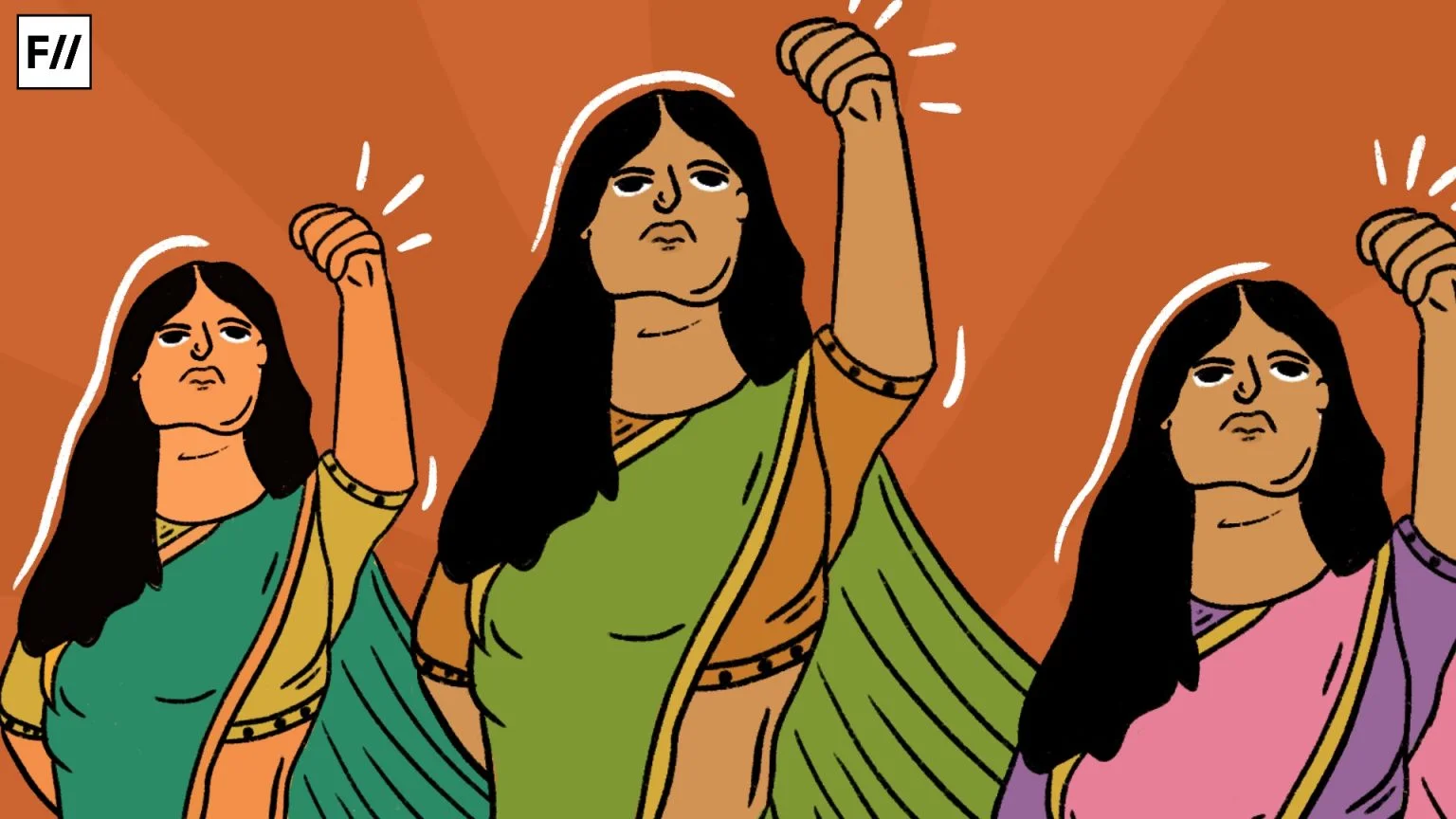
For Sushma*, early in her career, “coping” felt like the wrong word. ‘There’s no coping with such sexism—just enduring it,’ she said. With the uncertainty of job-hunting, leaving wasn’t an immediate option. ‘I’ve had to swallow a lot of negativity just to get this far.’
On the other end of the spectrum, Swati*, a designer also in the early stages of her career, viewed her experience differently. ‘Sexism doesn’t really affect me yet because I’m a fresher—it’s my first job, my first year…’ [implying that she had invested less and could leave anytime]. However, the ability to leave isn’t equally accessible to everyone. Socio-economic status, while a broad category, determines who can afford to act and how: a classic example of privilege.
Broken redressal system: do formal complaints work?
What happens when a woman decides to complain? This question leads to an outpour of stories of unresponsive HR departments and band-aid solutions. Before PoSH and ICCs became common, only one participant recalled being asked for feedback when she quit due to such experiences. A decade later, change remains limited.
Formal mechanisms often aren’t built to address subtle bias. Even in large, gender- progressive organisations, PoSH systems fall short. One woman described how the committee rushed her case and issued only a weak apology. ‘Don’t file a complaint,’ was the only advice she would give to her younger self.
It’s often the ‘he said, she said’ dilemma in such cases, discouraging action. For those grappling with the ambiguous nature of discrimination, this failure of formal mechanisms to recognize and address these experiences only deepens their reluctance to report. We don’t aim to solely blame these systems, rather we suggest that the systems need to be reworked. Subtle forms of sexism just don’t fit the schema of discrimination as defined by many of these mechanisms yet.
We don’t aim to solely blame these systems, rather we suggest that the systems need to be reworked. Subtle forms of sexism just don’t fit the schema of discrimination as defined by many of these mechanisms yet.
When women still make up a small fraction of the female labour force, when they still face institutional barriers to attaining higher education or rising up the organizational ladder, why are we talking about benevolent sexism? Don’t we have bigger battles to fight?
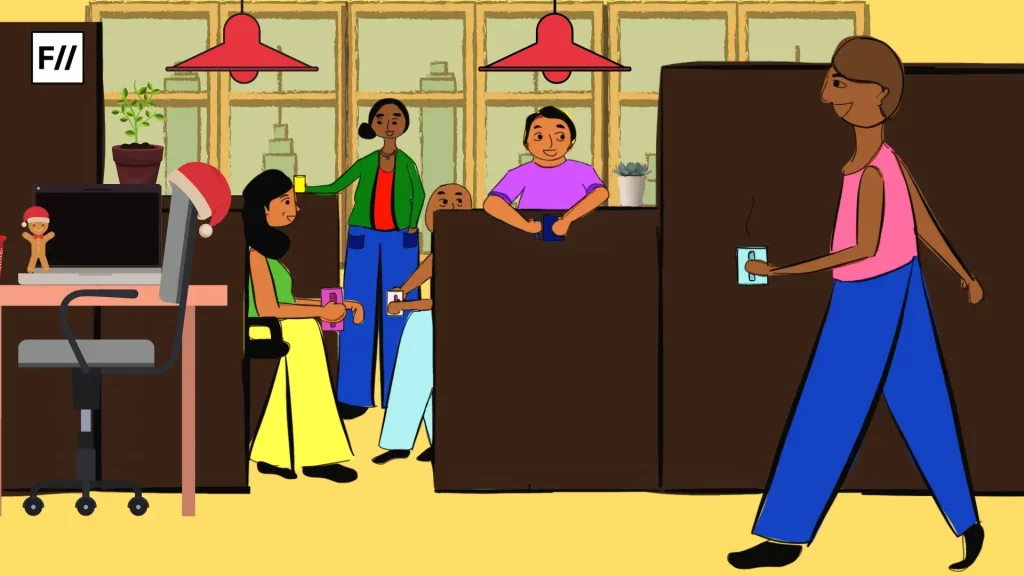
What research and women’s experiences show us is that benevolent and hostile sexism actually reinforce each other. In spaces where benevolent sexism thrives, hostile sexism is not far behind. It creates an environment that undermines women’s competence, reinforces stereotypical ways of behaving, and silently undercuts workplace equity. This makes benevolent sexism a crucial process to examine, particularly in workplaces which are so-called spaces of equal opportunity. This is where taking an intersectional lens is also critical, because it’s not about equality, rather it’s about equity. Our six interviews showed that age, socio-economic status, urban or rural locations, and industry all matter in terms of the nature of benevolent sexism. Many other lenses—caste, religion, disability—are just as critical where more research and groundwork needs to be done.
There is a need to move away from gender agnostic policies and adopt gender inclusive policies. More importantly, there is a need to build a finer understanding of sexism into the DEI policies and PoSH structures. Organisations need to do better to recognise not just hostile forms, but also benevolent forms of sexism as concerns that need to be addressed seriously. Until biased ways of thinking and behaving are identified, pre-existing DEI policies will just be going through the motions rather than working towards building a healthy organisational culture. Addressing benevolent sexism is not about policing politeness; it’s about building an inclusive workplace.
*Interviewee names have been changed to ensure anonymity.

